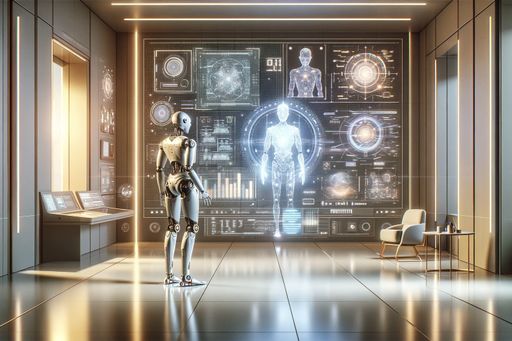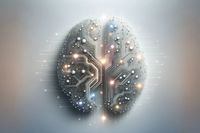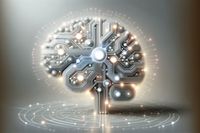New Material Discovered by AI Could Reduce Lithium Use in Batteries
A new substance has been discovered using artificial intelligence (AI) and supercomputing that has the potential to reduce lithium use in batteries by up to 70%. The material was found by Microsoft and the Pacific Northwest National Laboratory (PNNL), and has already been used to power a lightbulb. By using advanced AI and high-performance computing, the research process from identifying potential candidates to developing a working battery prototype took less than nine months. This new material could be a sustainable energy storage solution and is a major breakthrough in the lithium-ion battery industry.

AI and Supercomputing Lead to Discovery of New Material
Microsoft and PNNL used AI and supercomputing to quickly narrow down 32 million potential inorganic materials to 18 promising candidates within a week. This process would have taken more than two decades using traditional lab research methods. The use of advanced technology enabled the development of a working battery prototype in less than nine months.
Executive Vice President of Microsoft, Jason Zander, stated that this breakthrough technology is essential in compressing 250 years of scientific discovery into the next 25. He believes that this is the future of scientific research.
The material discovered, named N2116, is a solid-state electrolyte that has been tested and shown to have potential as a sustainable energy storage solution. Solid-state batteries are safer than traditional liquid or gel-like lithium batteries, and have the potential for faster charging and thousands of charge cycles.
The Problem with Lithium Use in Batteries
Lithium, a key component in rechargeable batteries, could face a shortage by 2025 due to increasing demand for electric vehicles (EVs) and a predicted tenfold increase in demand for lithium-ion batteries by 2030. The process of lithium mining has a significant impact on the environment, requiring large amounts of water and energy and leaving toxic waste. Dr Nuria Tapia-Ruiz from Imperial College London describes materials with reduced lithium use and good energy storage capabilities as the "holy grail" in the lithium-ion battery industry.
While AI and supercomputing offer promising solutions, Dr Edward Brightman from the University of Strathclyde advises caution. He mentions the possibility of spurious results or materials that cannot be synthesized in the lab.
Despite these challenges, the discovery of a new material that reduces lithium use is a major breakthrough in the industry and paves the way for more sustainable energy storage solutions.
The Role of AI in the Discovery Process
The AI technology used by Microsoft in this research is different from traditional AI. It is based on scientific materials, databases, and properties, which make it trustworthy for scientific discovery. The AI software narrowed down the 32 million potential materials to 18 candidates, and battery experts at PNNL chose the final substance to work on in the lab.
Karl Mueller from PNNL explains that the AI insights provided by Microsoft accelerated the innovation cycle by pointing them to potential fruitful territory. The advanced AI technology allowed them to modify, test, and evaluate the technical viability of the new material for a working battery.
This breakthrough in AI technology has the potential to revolutionize scientific research and accelerate the development of new materials and technologies in various industries beyond battery research.



